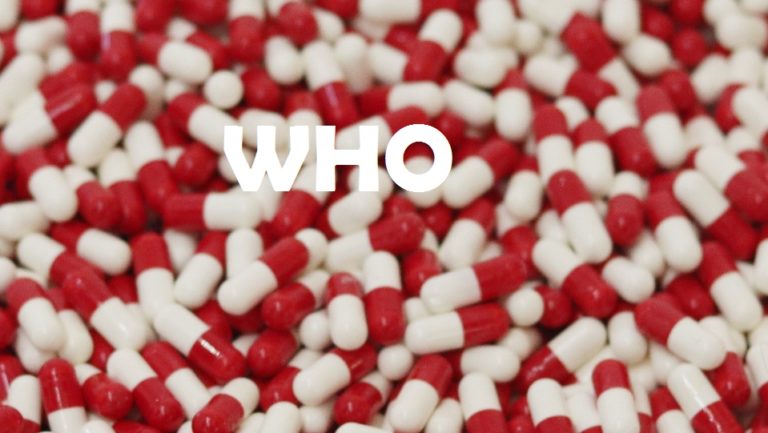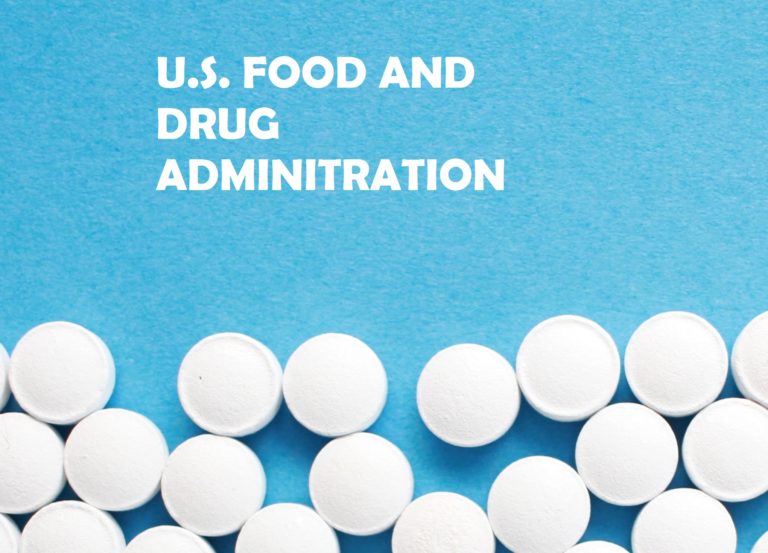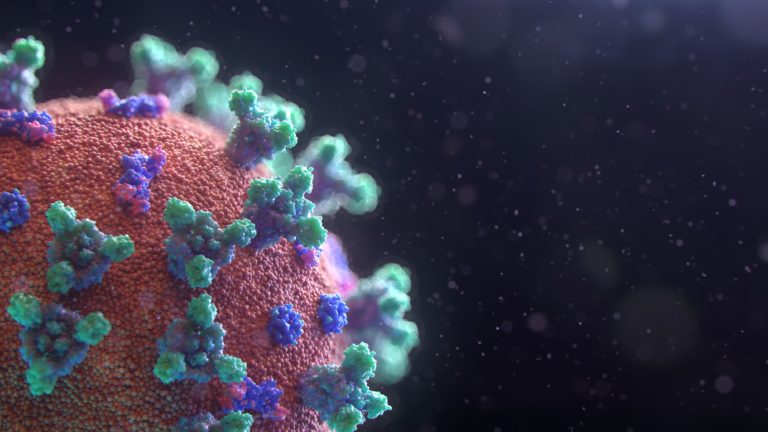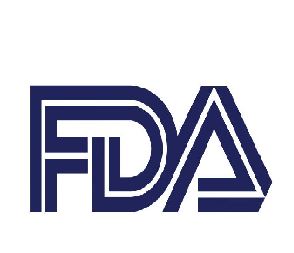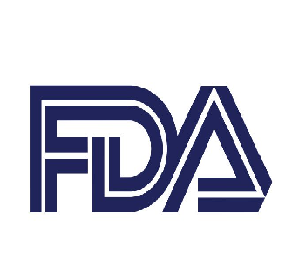April 29, 2020: “Gilead Sciences, Inc. announced topline results from the open-label, Phase 3 SIMPLE trial evaluating 5-day and 10-day dosing durations of the investigational antiviral remdesivir in hospitalized patients with severe manifestations of COVID-19 disease.
The study demonstrated that patients receiving a 10-day treatment course of remdesivir achieved similar improvement in clinical status compared with those taking a 5-day treatment course (Odds Ratio: 0.75 [95% CI 0.51 – 1.12] on Day 14).
No new safety signals were identified with remdesivir across either treatment group. Gilead plans to submit the full data for publication in a peer-reviewed journal in the coming weeks.
“Unlike traditional drug development, we are attempting to evaluate an investigational agent alongside an evolving global pandemic. Multiple concurrent studies are helping inform whether remdesivir is a safe and effective treatment for COVID-19 and how to best utilize the drug,” said Merdad Parsey, MD, PhD, Chief Medical Officer, Gilead Sciences.
“These study results complement data from the placebo-controlled study of remdesivir conducted by the National Institute for Allergy and Infectious Diseases and help to determine the optimal duration of treatment with remdesivir.
The study demonstrates the potential for some patients to be treated with a 5-day regimen, which could significantly expand the number of patients who could be treated with our current supply of remdesivir.
This is particularly important in the setting of a pandemic, to help hospitals and healthcare workers treat more patients in urgent need of care.”
Remdesivir is not yet licensed or approved anywhere globally and has not yet been demonstrated to be safe or effective for the treatment of COVID-19.
This study sought to determine whether a shorter, 5-day course of remdesivir would achieve similar efficacy results as the 10-day treatment regimen used in multiple ongoing studies of remdesivir.
Secondary objectives included rates of adverse events and additional measures of clinical response in both treatment groups.
Patients were required to have evidence of pneumonia and reduced oxygen levels that did not require mechanical ventilation at the time of study entry.
Clinical improvement was defined as an improvement of two or more points from baseline on a predefined seven-point scale, ranging from hospital discharge to increasing levels of oxygen support to death.
Patients achieved clinical recovery if they no longer required oxygen support and medical care or were discharged from the hospital.
In this study, the time to clinical improvement for 50 percent of patients was 10 days in the 5-day treatment group and 11 days in the 10-day treatment group.
More than half of patients in both treatment groups were discharged from the hospital by Day 14 (5-day: 60.0%, n=120/200 vs.10-day: 52.3% n=103/197; p=0.14). At Day 14, 64.5 percent (n=129/200) of patients in the 5-day treatment group and 53.8 percent (n=106/197) of patients in the 10-day treatment group achieved clinical recovery.
Clinical outcomes varied by geography. Outside of Italy, the overall mortality rate at Day 14 was 7 percent (n=23/320) across both treatment groups, with 64 percent (n=205/320) of patients experiencing clinical improvement at Day 14 and 61 percent (n=196/320) of patients discharged from the hospital.
Impact of Earlier Treatment
In an exploratory analysis, patients in the study who received remdesivir within 10 days of symptom onset had improved outcomes compared with those treated after more than 10 days of symptoms.
Pooling data across treatment arms, by Day 14, 62 percent of patients treated early were able to be discharged from the hospital, compared with 49 percent of patients who were treated late.
“These data are encouraging as they indicate that patients who received a shorter, 5-day course of remdesivir experienced similar clinical improvement as patients who received a 10-day treatment course,” said Aruna Subramanian, MD, Clinical Professor of Medicine, Chief, Immunocompromised Host Infectious Diseases, Stanford University School of Medicine, and one of the lead investigators of the study.
“While additional data are still needed, these results help to bring a clearer understanding of how treatment with remdesivir may be optimized, if proven safe and effective.”
Remdesivir was generally well-tolerated in both the 5-day and 10-day treatment groups. The most common adverse events occurring in more than 10 percent of patients in either group were nausea (5-day: 10.0%, n=20/200 vs. 10-day: 8.6%, n=17/197) and acute respiratory failure (5-day: 6.0%, n=12/200 vs. 10-day: 10.7%, n= 21/197).
Grade 3 or higher liver enzyme (ALT) elevations occurred in 7.3 percent (n=28/385) of patients, with 3.0 percent (n=12/397) of patients discontinuing remdesivir treatment due to elevated liver tests.
About the SIMPLE Trials
Gilead initiated two randomized, open-label, multi-center Phase 3 clinical trials for remdesivir, the SIMPLE studies, in countries with high prevalence of COVID-19 infection.
The first SIMPLE trial is evaluating the safety and efficacy of 5-day and 10-day dosing regimens of remdesivir in hospitalized patients with severe manifestations of COVID-19. The initial phase of the study randomized 397 patients in a 1:1 ratio to receive remdesivir 200
mg on the first day, followed by remdesivir 100 mg each day until day 5 or 10, administered intravenously, in addition to standard of care. An expansion phase of the study was recently added and will enroll an additional 5,600 patients, including patients on mechanical ventilation.
The study is being conducted at 180 trial sites around the world, including sites in the United States, China, France, Germany, Hong Kong, Italy, Japan, Korea, the Netherlands, Singapore, Spain, Sweden, Switzerland, Taiwan and the United Kingdom.
A second SIMPLE trial is evaluating the safety and efficacy of 5-day and 10-day dosing durations of remdesivir administered intravenously in patients with moderate manifestations of COVID-19, compared with standard of care.
The results from the first 600 patients of this study are expected at the end of May.
Remdesivir is an investigational nucleotide analog with broad-spectrum antiviral activity both in vitro and in vivo in animal models against multiple emerging viral pathogens, including Ebola, Marburg, MERS and SARS.
In vitro testing conducted by Gilead has demonstrated that remdesivir is active against the virus that causes COVID-19. The safety and efficacy of remdesivir for the treatment of COVID-19 are being evaluated in multiple ongoing Phase 3 clinical trials.”
https://www.gilead.com/news-and-press/press-room/press-releases/2020/4/gilead-announces-results-from-phase-3-trial-of-investigational-antiviral-remdesivir-in-patients-with-severe-covid-19


